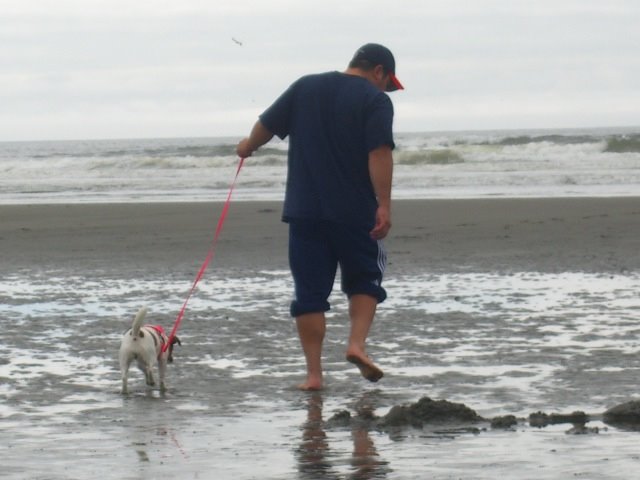May 4 update on H1N1 (swine) flu; guidance to employees
The World Health Organization has declared the H1N1 (swine) flu virus to be at Pandemic Influenza Phase 5, confirming increased human-to-human transmission worldwide. Phase 5 marks this as a significant event for the medical community.
As of May 3, 35 probable cases have been reported in Washington. The Washington State Department of Public Health does not describe the current H1N1 outbreak as a pandemic and encourages education and preparedness should the situation change.
To promote workplace health, PSE recommends employees take and supervisors promote the following actions:
* Wash hands frequently. Use alcohol-based hand sanitizer when soap and water are unavailable. * Cover coughs and sneezes with upper arm.
* Avoid touching mouth, nose and eyes with your hands.
* Avoid contact with individuals who are sick.
* Self-screen for any flu-like symptoms.
Stay home if you or family members are ill (symptoms of H1N1 are similar to seasonal flu and include fever, cough, body aches, headache, chills and fatigue). See the screening checklist for more information.
Supervisors require an employee to leave the workplace if the employee exhibits these or other symptoms of illness.
Shared workstations should be wiped down with an approved antiseptic at the end of each shift.
When in meetings and elsewhere in the workplace, maintain a six foot separation from others if feasible.
Substitute conference calls for face-to-face meetings where possible.
Avoid snacks/foods that are not individually wrapped.
Screening Checklist
Cold / Influenza
Employee Self-Screening Checklist
Being ill can be an unwelcomed intrusion into a busy schedule. Employees may feel compelled to come to work when ill, trying to avoid loss of time or productivity. Time away from work can mean additional effort "to get caught up" will be required after returning to work.
However, coming to work or going to school with a cold or flu may result in the spread of illness to others. In extreme circumstances, such as a pandemic influenza, the spread of illness could result in significant staffing shortages, compromising PSE’s ability to maintain critical business functions.
Maintaining a healthy workforce and avoiding unnecessary exposure of co-workers to cold or flu can be accomplished through use of a simple self-evaluation. Do you have:
A fever of 100°F or higher? Y / N
Body aches, chills or fatigue? Y / N
A cough? Y / N
A headache? Y / N
A sore throat ? Y / N
A stuffy or runny nose? Y / N
Nausea, vomiting or diarrhea? Y / N
Is someone at home ill? Y / N
Supervisors may use the same criteria to evaluate your fitness for work. If you are symptomatic, you could be sent home if you appear to present a health risk to your coworkers.
If you answered "yes" to
fever of 100°F or higher, stay home
body aches, chills or fatigue; stay home
If someone at home is ill with these symptoms, stay home
to all other symptoms as a group; stay home
If you are experiencing these symptoms, it is best to isolate yourself by staying home. If symptoms are severe, call your healthcare provider. It may be safe to return to work when your temperature drops below 100°F and the remaining symptoms have subsided.





















No comments:
Post a Comment